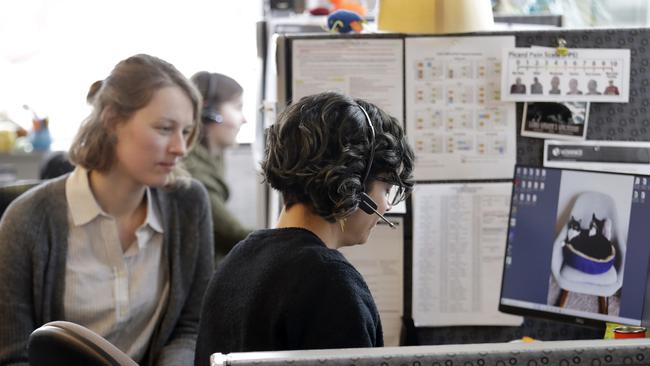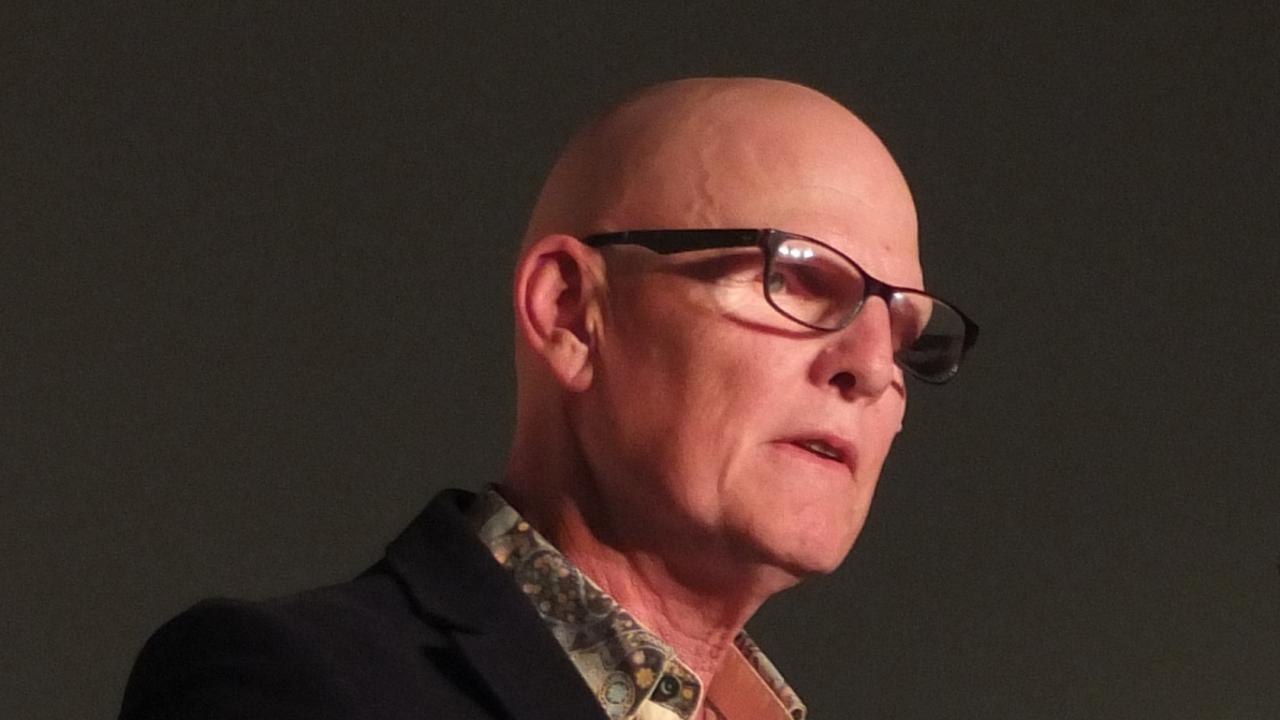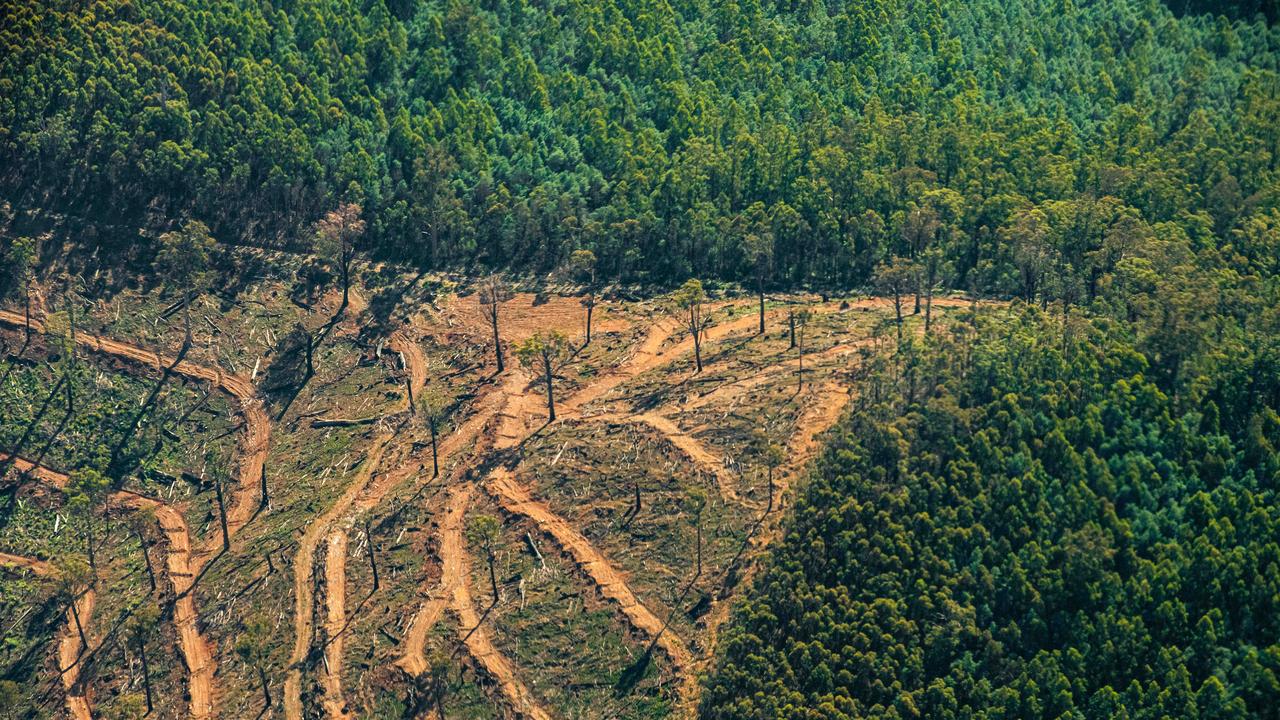Coronavirus Australia: State winds down contact tracing as transmission slows
Contact tracing in Western Australia is being pulled back as new COVID-19 cases drop to near zero.

contact tracing in Western Australia is winding down as new COVID-19 cases drop to single figures, and near zero.
Over 200 public health workers across the state have been involved in tracing every person with close contact, with some infected individuals — especially air travellers — having come in contact with as many as 50 people.
Contact tracing is undertaken to find people considered at risk of catching COVID-19 because they had 15 minutes of face-to-face contact with a known carrier, or spent two hours or more in the same enclosed space.
Ben Scalley, who heads the contact tracing team within the WA Public Health Emergency Operations Centre, said the statewide network of 200 investigators was built up over three months as cases escalated.
However, WA’s total appears to be static at 546, with only 88 of those cases still with active infection and only two cases in the past four days.
Dr Scalley says the number of people in WA infected by a COVID-19 patient has reduced to fewer than one. “If they are passing the virus on to less than one person, the cases will decline. If it’s above one, they will continue to climb,” he said.
Dr Scalley said breaking the chains of transmission had been largely due to co-operation by contacted individuals. “West Australians have been great,’’ he said. “The vast majority of people have been very compliant, and even willingly have stopped work and gone home to quarantine for 14 days. Everyone is social distancing so well that we have very few contacts and it reduces the number of cases we chase up.’’
People who test positive receive a phone call from a trace worker as soon as their test result comes back. “We receive all positive cases, and go through in detail where the person has been,” Dr Scalley said. “Anyone who has been in contact with the person is put in quarantine if the exposure is prolonged.”
They are contacted every day, by phone or text, to check on their condition. Tracing officers may visit a workplace: “Whatever is the most efficient way, we ring up, we go out, whatever we need to do.”
The surge of people from cruise ships did not pose the biggest challenge, although they constituted more than 40 per cent of all WA coronavirus cases and all seven deaths. “The cruise ship passengers were easier to handle because they hadn’t had many contacts,” Dr Scalley said.
“The most difficult period was when there was a surge of people coming home from overseas, and dozens of cases a day of people who didn’t realise they had the virus. We’ve had individuals with dozens of potential contacts — more than 50, in the case of someone travelling on an international flight.”
Remote communities also caused concern when contact tracing revealed health workers in the Kimberley were infecting each other.


